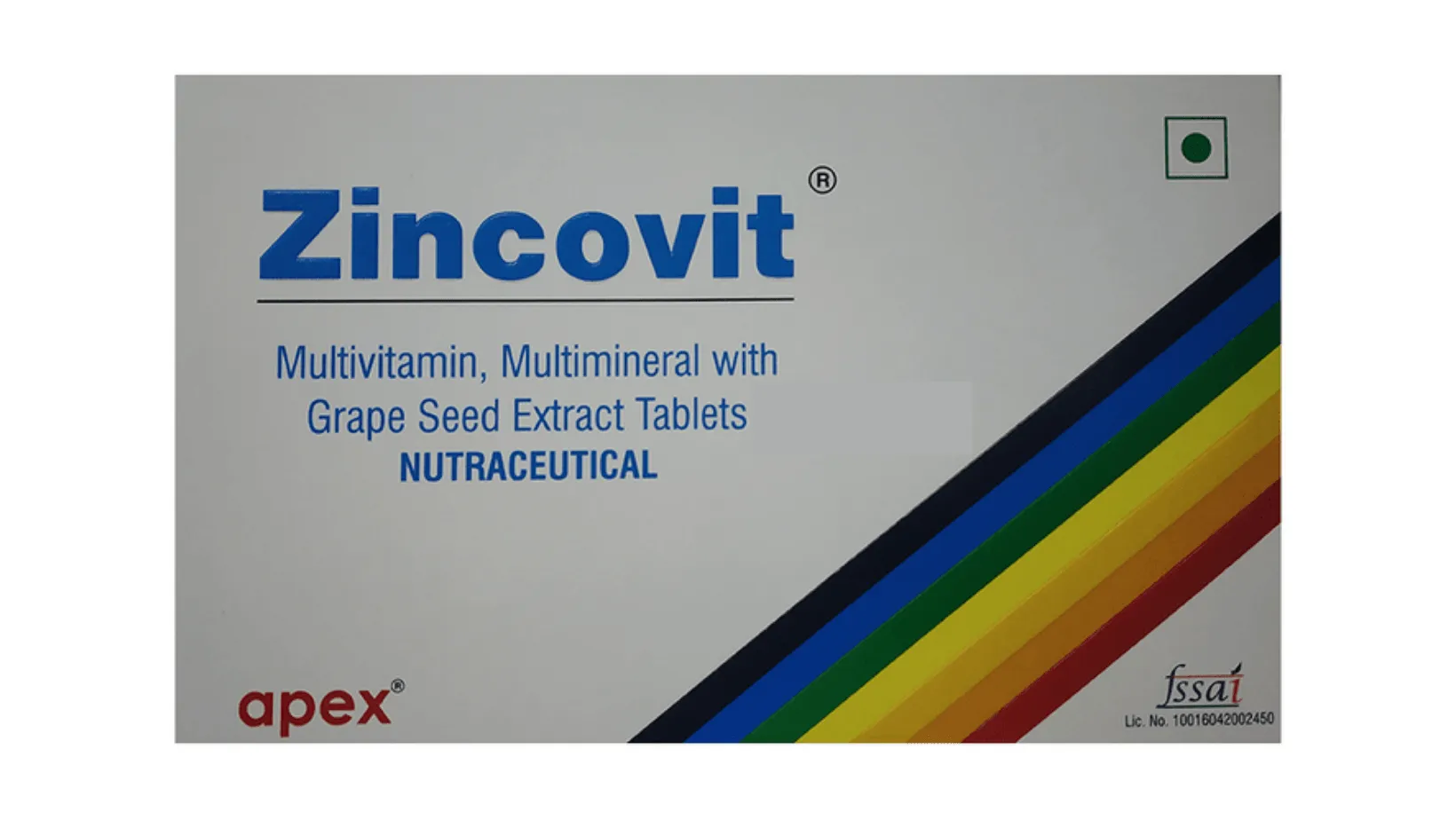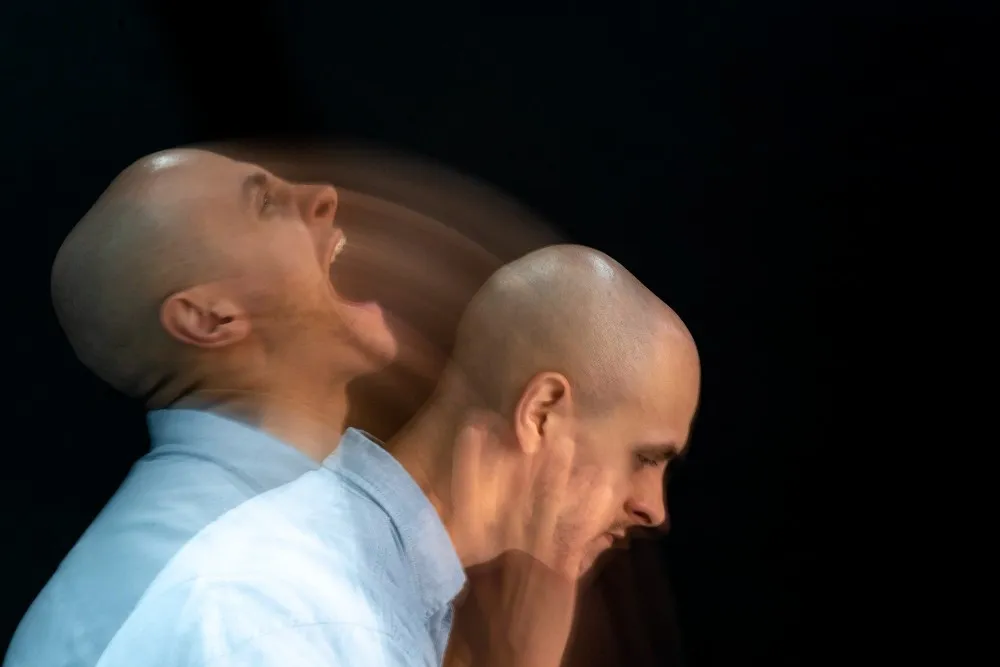Somatic Yoga is a gentle, therapeutic practice that blends traditional yoga postures with mindful somatic movement. It shifts the focus away from how a pose looks and instead guides you to feel your body from the inside out. Whether you’re looking for pain relief, stress reduction, or a deeper mind-body connection, this practice offers profound healing potential.
In this article, you'll learn what somatic yoga is, how it works, key differences from traditional yoga, major health benefits, sample poses to get started, and how to know if it’s right for you.
Let’s get started.
What is Somatic Yoga?
- Somatic yoga is a light, mindful practice that blends traditional or regular yoga poses (that aim to hold poses) with somatic movement (that focuses on improving internal awareness of the body via slow and intentional movements).
- The term "somatic" is from the Greek term "soma," which means "the living body is in its wholeness".
- Unlike traditional yoga, it highlights the significance of feeling the body from the inside out rather than focusing on how the yoga postures look.
- This practice involves exploring sensations, breath, and movement to build an extremely deep connection with your physical form and encourage a more mindful relationship with the body.
Key Principles of Somatic Yoga
Here are the core principles that make somatic yoga unique and powerful:
- Intuitive Movement: Motivates you to move with awareness of how your body feels in each moment, rather than performing the particular poses.
- Deep Body Awareness: Encourages you to feel and explore the sensations of your body that include breathing, pain, and heart rate.
- Mind-Body Connection: Focuses on strengthening the connection between your feelings, physical sensations, and thoughts.
- Release of Stored Tension: Supports in releasing emotional and physical stress by making movement with awareness and letting off the stored patterns.
- Healing-Oriented Approach: Help manage the physical and emotional influence of stress and trauma and ease healing.
- Pain Relief & Mobility: Being therapeutic, it relieves chronic pain, enhances mobility, and heals injuries.
How Does Somatic Yoga Work?
Somatic yoga works by re-educating the brain and nervous system through slow, intentional movement. Here's how:
- Engages the Entire Nervous System: Make use of slow and mindful movement to re-teach the brain and muscle connection.
- Releases Chronic Stress: Helps recognize and alleviate the habit of holding patterns within the body.
- Enhances Inner Awareness: Encourages feeling and sensing every movement from the inside of the body.
- Activates the Relaxation Response: Calms down the nervous system, alleviates stress, and eases healing.
- Encourages Gentle Exploration: Gives priority to inner experience and comfort over pose perfection or performance.
- Promotes Long-Term Healing: Retrains movement patterns to relieve pain and enhance mobility with time.
Somatic Yoga vs. Traditional Yoga
While both practices encourage mindfulness and body awareness, they serve slightly different purposes. Here's a side-by-side comparison:
|
Aspect |
Somatic Yoga |
Traditional Yoga |
|
Focus |
Internal sensations and awareness |
Achieving poses, alignment, and form |
|
Movement Style |
Slow, conscious, and experimental |
Can be goal-oriented, lively, and structured |
|
Purpose |
Releasing tension and re-training brain, muscles, and nerves |
Improves flexibility, strength, and spiritual growth |
|
Approach to Poses |
Modified and smooth, often minimal |
Specific styles and sequences; for instance, Vinyasa and Hatha yoga |
|
Therapeutic Use |
Often used to heal trauma and relieve pain |
May or may not manage and prevent therapeutic needs |
|
Experience Level |
Can be done by anyone, including the people with limited mobility |
People may need more physical ability, based on the specific pose |
|
End Goal |
Promote ease, provide comfort, and help with body connection |
Master the pose physically, develop spiritually, and get mindful |
Benefits of Somatic Yoga
Here is how somatic yoga benefits you physically and emotionally:
- Increases Body Awareness: Encourages you to deeply understand the internal functioning of your body and how it moves.
- Relieves Stress and Tension: By promoting relaxation and releasing emotional and physical tension, this form of yoga contributes to improved health.
- Enhances Flexibility & Mobility: Motivates to explore movement, which can improve range of motion and flexibility.
- Enhances Mind-Body Connection: By focusing on sensations and movement inside the body, it builds a strong connection between the body and mind.
- Promotes Physical & Emotional Healing: Aids in releasing stored physical and emotional tension, which supports healing.
- Relieves Pain: Relaxes muscles and corrects body movements that help alleviate chronic muscle stress and relieve chronic pain that is caused by injuries, repetitive movements, and poor body posture.
- Improves Sleep: By reducing stress and providing relaxation, it improves sleep patterns, which supports overall wellness.
5 Gentle Somatic Yoga Poses to Try
Here are five beginner-friendly poses that embody somatic principles:
1. Mountain Pose (Tadasana)
This is a standing pose that helps improve your posture by keeping your spine long.
How to do it:
- Stand on a yoga mat with your feet slightly apart.
- Hold your shoulders, knees, ankles, and hips in a straight line.
- Lift your feet and lengthen your spine upward.
- Roll your shoulders back and down.
- Let your arms hang by your sides with palms facing forward.
- Look straight ahead and breathe deeply and steadily.
- Hold this pose for 30 seconds to 1 minute and then release.
2. Standing Forward Fold Pose
This pose involves stretching of the entire body, which helps soothe and calm down the nervous system, relieve mild anxiety and depression, and improve sleep.
How to do it:
- Stand with your feet slightly apart.
- Inhale and move your arms overhead.
- Bend forward slowly toward your feet while exhaling and keeping the back flat.
- Breathe deeply and hold this pose for about 20-30 seconds.
- Inhale again and move your arms forward and u.
- Slowly stand and move your arms to the sides while exhaling.
3. Seated Cat Cow Pose (Chair Version)
This seated version of cat cow pose basically stretches the muscles and abdomen, aligns the spine, back, and upper neck, and opens the chest.
How to do it:
- Sit comfortably in a sturdy chair with your feet flat on the floor.
- Place your arms on your thighs.
- Breathe in and bend your back, extending your spine.
- Hold this pose, and then breathe out and come back to a straight seated position.
- Repeat slowly.
4. Extended Child’s Pose
This extended form of child pose is the best yoga for stress relief. Along with it, a study reports that this yoga pose also helps stretch your ankles, thighs, and hips and relieves tension in the back and neck.
How to perform it:
- Sit and bring your feet together, and keep your knees wide apart.
- Now, sit on your heels, and move your arms far forward on the floor.
- Rest your forehead on the floor and stretch your fingers forward while keeping your shoulders relaxed.
- Breathe deeply, but slowly, feeling the lengthening of your spine with each exhale.
- Hold this pose for about 30 seconds to 1 minute, and rise up with an inhale.
5. Seated Side Body Stretch
This somatic yoga pose improves range of motion and flexibility, enhances body posture, stretches and strengthens the side muscles, and increases hip mobility.
How to perform it:
- Sit with your hands on your sides.
- Put your left hand on the floor and slightly bend your elbows.
- Now, stretch your right arm up and bend towards the left side.
- Hold this position for 30 seconds to 1 minute, and then relax.
- Switch to the other side and repeat the same.
Special Note: Though research says that yoga benefits during pregnancy, not all somatic poses are good. So, always take guidance from your gynecologist and find what is suitable for you.
How To Know If Somatic Yoga Is Right For You?
Somatic Yoga may be ideal if you:
- Struggle with chronic tension or pain
- Want to relieve emotional stress or past trauma
- Are recovering from injury or burnout
- Prefer slower, low-impact movement
- Seek to connect more deeply with your body and breath
It’s especially beneficial for beginners, older adults, and those seeking a therapeutic alternative to intense fitness-based yoga styles.
Getting Started: Tips & Considerations
To get started:
- Know Your Goals: Do you want pain relief, emotional release, or gentle movement? Tailor your practice accordingly..
- Try Different Somatic Modalities: Explore not just yoga, but also somatic Pilates, Feldenkrais, or Tai Chi.
- Seek Qualified Instructors: Perform the yoga under the guidance of a qualified practitioner or instructor, especially if you have injuries or any health issues, or are recovering from trauma, injury, or illness.
- Start Slow and Stay Consistent: Always listen to your body and do not push yourself far beyond your comfort level.
- Respect Your Comfort Zone: Never force a pose or movement. Healing happens in stillness and safety. Be patient and consistent, as it takes some time to experience the results of somatic yoga.
Final Thoughts
If you've ever asked, “What is somatic yoga and how can it help me feel better?”—the answer is simple: it's a mindful movement practice designed to reconnect you with your body, reduce pain, and restore balance from within.
Whether you’re dealing with physical discomfort, emotional overwhelm, or simply want a gentler approach to wellness, somatic yoga offers a calm, supportive path to healing.
Give it a try—and begin your journey to feeling better, inside and out.
Read Also: Somatic Therapy: Techniques, Types, And Effectiveness
Frequently Asked Questions
Can you lose weight with somatic yoga?
Though this yoga form can't help with weight management alone, it can be a beneficial part of your weight loss regimen, which helps reduce stress, supports mindfulness, and improves body awareness.
How often should you do somatic yoga?
You can do it for 5-15 minutes a day and as often as you want. But beginners can begin with 2 to 3 sessions a week.
Why do people cry during somatic workouts?
It's because of the release of emotional stress through mindful awareness and movements, or due to the feeling of sadness as a part of the emotional release process.
Is somatic yoga good for beginners?
Yes, it is as it only focuses on body awareness and gentle, conscious movement instead of demanding particular poses or flexibility.
What time of day should you do somatic exercises?
The best time depends on your needs and preferences. Some individuals find it effective in the morning to get an energy boost, while others do it in the evening to relax and release stress.
Reviewed by







